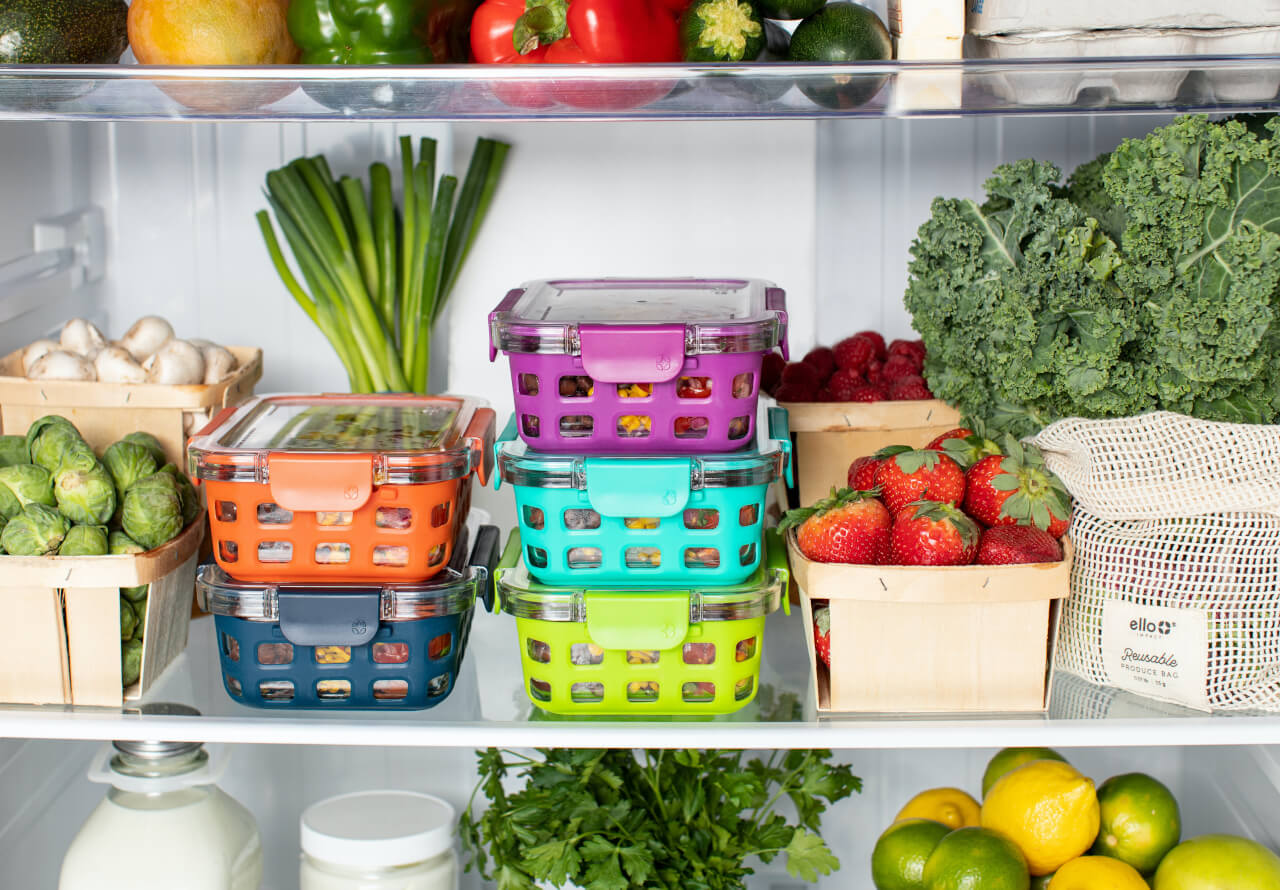
Your time is precious, and so is your health but do you ever feel like the demands on your time are standing in the way of your nutritional success? Do you find yourself asking, “How do I plan ahead?” and feeling overwhelmed with a long list of new ideas and recipes to implement?
A successful nutritional plan requires the same mindset.
We have put together our Top 5 Tips for Planning Ahead for Nutritional Success just for you.
Step 1: Make Time to Plan Ahead
Thinking ahead to what you want for dinner three days from now, tomorrow or even tonight may seem like the last thing that you have time for. But, dedicating even a little time to look at your current habits and the week ahead can make all the difference.
Intentionally set aside time before your busy week starts to plan ahead.
Advertisement
A great nutrition plan is not one size fits all. A personalized plan will make you more successful, and because you know yourself best, you should have the most input.
Take time to look back on your nutrition habits to this point. Ask yourself...
- What are my strengths and weaknesses?
- How can I plan my week to emphasize my strengths and minimize my weaknesses?
- Is there a particular day of the week that I struggle with (I’m looking at you, weekend)?
- Or, is there a particular time of day that feels trickier?
- If I’m more tempted to snack at a certain time of day (2 pm vortex or after dinner no-man’s-land?), how can I plan ahead for that weakness?
- Can I have a large glass of water and your favorite protein bar on hand?
Capitalize on what you’re already doing well to make the tough times feel easier or hire a coach to help you identify these strengths and overcome your unique prepping and planning challenges.
Maybe you notice prepping on the weekend never happens because you think you have more time, but you just want to relax. Setting yourself up for success could look like planning and prepping FOR your weekend during the week.
Good time management is really just priority management.
Advertisement
Are you making yourself a priority? When you first get going, planning ahead may take 30-60 minutes but as time goes by you will become more efficient with your planning, and you may only need 15 minutes (or less!) to look ahead.
Bonus points for giving yourself a quiet room and alone time to plan;)
Step 2: Look At Your Week
Now that you have made planning a priority and set aside some quiet time to make it happen, what’s next? This is when you can look at the week ahead.
Ask yourself questions like…
- What’s on your calendar for the week?
- Do you have weddings, birthdays, or other special events to attend?
- Is there a date night or night with friends in your future?
- How will you work around the temptations in your life so that you can have fun and stick to your goals?
Three birthday parties in one weekend? Plan to have cake at one. Going out for date night? Hop on the restaurant’s website and preview the menu when you are not hungry so you don’t have to make a choice on the spot. Decision fatigue is REAL and ordering a meal you’re proud of is more likely if you go into it with a plan.
Advertisement
Knowing what is coming up will give you the opportunity to plan ahead and control the things that you are able to control.
There will always be a few unexpected things that pop up; however, those will be less frequent or will feel less impactful to your nutritional success when you are taking the time to plan ahead.
Step 3: Identify Your Go-Tos
Start with a few “go-to” meals. These are meals that you enjoy, are easy to prepare, and have a balance of protein, carbs, and fats.
Notice the word “enjoy”.
When you plan ahead for your week, pick 1-3 meals that you like to eat, are easy to prepare, and fit your macros. Enjoying and looking forward to your meals increases the likelihood that you’ll actually eat them.
Advertisement
Another benefit to go-to meals is the ease of tracking. If you already know what is in them and you have entered them into your tracking platform before, tracking these meals is a breeze.
For more tracking tips and tricks, check out these Macro Tracking Tips.
Step 4: Meal Prep
Now you get to turn plans into action.
Keep meal prep simple in the beginning. Now is not the time to plan a new and exotic dish for each meal of the day. Start with ingredients that you have cooked before or make one small change at a time.
New to meal prep? Try starting with lunch.
Advertisement
This is usually an easy meal to prep ahead of time (at night while you cook dinner or in the morning before you leave the house) and it comes at a pivotal time of the day. A healthy meal on hand can be the difference between hitting your daily goals and a fast-food crash and burn.
You can even prep more than one thing at once! Chopping veggies for dinner? Throw extras in a bag or Tupperware to eat as a snack. Convenience foods are just that - convenient! Make the fruits and veggies easier to grab and go by washing and prepping them ahead of time.
Want to learn more about Meal Prep? Check out this article.
Step 5: Stick to Your Meal Prep Plan
Now that you have done the work let’s take a look at the daily actions you can implement to make sure it pays off.
The benefit of all that planning and prepping you just did is that there is not much left to do besides stick to the plan.
Advertisement
One thing that can be helpful is to pre-program your meals into your tracking platform. Because this is most helpful to do before eating anything, our members find that this is best done the night before or first thing in the morning.
Log your meals and snacks and see how close you are to your daily macros. This will give you time and space to think about the best way to adjust serving sizes up or down where needed.
Programming your meals ahead of time also helps with meal timing. No one likes staring into the depths of the refrigerator at 8 pm, willing 25 grams of protein to jump out.
You’ve put a lot of work into your plan, and this is the time to make it count! If something didn’t work out like you thought it would take note.
No really... literally take notes!
Advertisement
At the end of the week, it’s time to start all over again! Notes can help you reassess your plan and adjust where necessary. What worked well that you can repeat? What could use a little tweaking?
Improvement, not perfection. That is your goal! You will get better and faster at planning as each week goes by. As your planning improves, so will your implementation, and then you will be living your nutritional success story!
Erin Zvada
Schedule a Free Intro Call
Working Against Gravity has led the macro tracking and health space for over a decade. Our team doesn’t just understand the science of nutrition—we’ve spent years mastering the art of tailoring it to fit your life. That means no cookie-cutter plans, just real strategies that have worked for over 30,000 people.
Schedule a free call with our team to learn how working with a 1-on-1 WAG coach will help you reach your goals.



